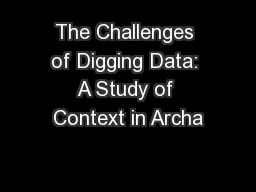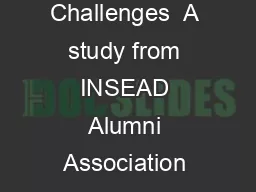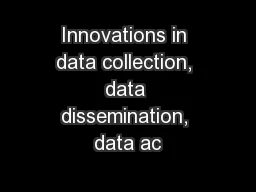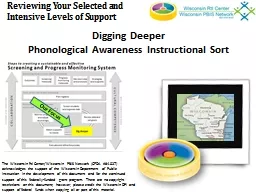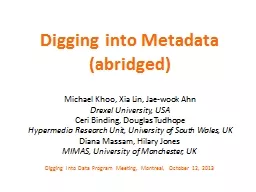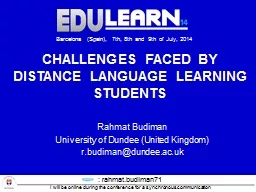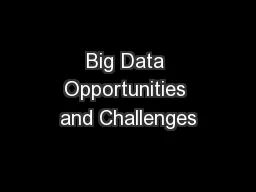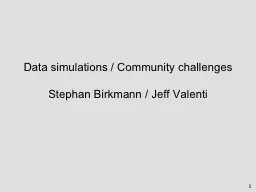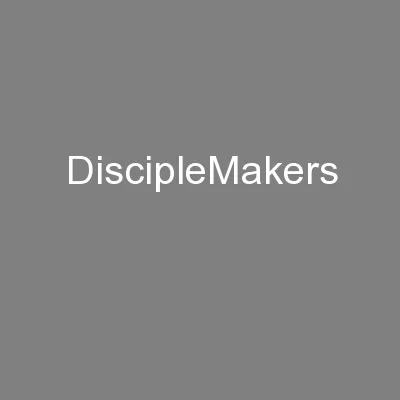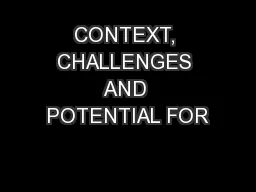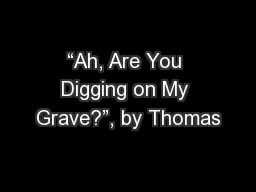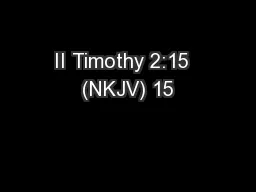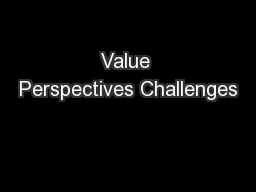PPT-The Challenges of Digging Data: A Study of Context in Archa
Author : phoebe-click | Published Date : 2016-03-21
Joint Conference on Digital Libraries JCDL July 2225 2013 Indianapolis Indiana Elizabeth Yakel PhD University of Michigan yakelumichedu Ixchel M Faniel PhD OCLC
Presentation Embed Code
Download Presentation
Download Presentation The PPT/PDF document "The Challenges of Digging Data: A Study ..." is the property of its rightful owner. Permission is granted to download and print the materials on this website for personal, non-commercial use only, and to display it on your personal computer provided you do not modify the materials and that you retain all copyright notices contained in the materials. By downloading content from our website, you accept the terms of this agreement.
The Challenges of Digging Data: A Study of Context in Archa: Transcript
Download Rules Of Document
"The Challenges of Digging Data: A Study of Context in Archa"The content belongs to its owner. You may download and print it for personal use, without modification, and keep all copyright notices. By downloading, you agree to these terms.
Related Documents

